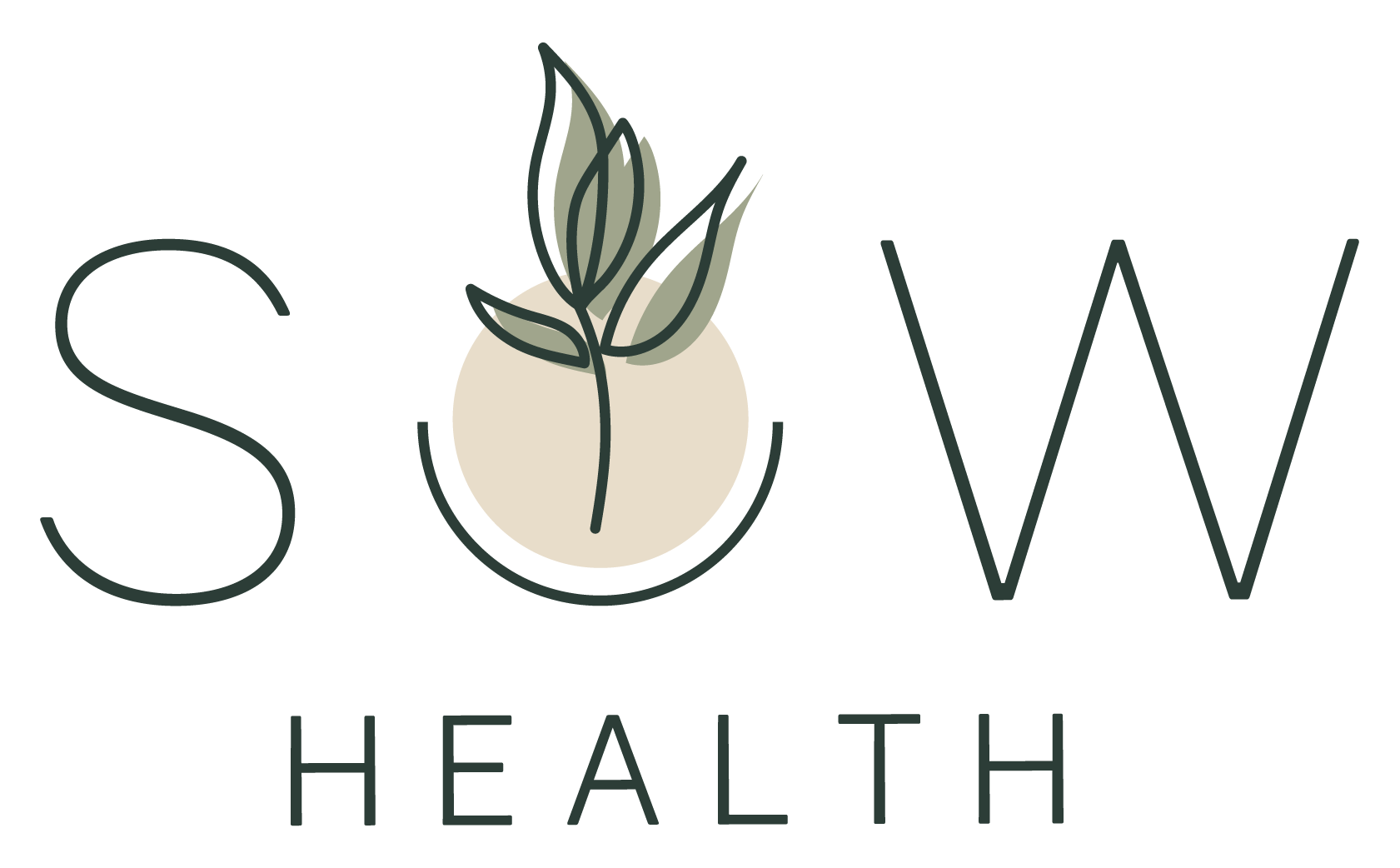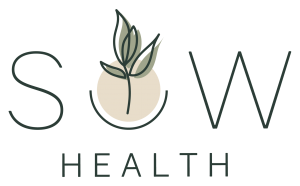For all program info & our next session dates visit this link.
Feeling congested?! I dare you to try this!
 ‘Warming socks’ (aka cold wet socks which your body WARMS up) are a simple yet incredibly effective way to treat head congestion. Sounds crazy? Heck yeah. But this simple trick works, and it’s free!
‘Warming socks’ (aka cold wet socks which your body WARMS up) are a simple yet incredibly effective way to treat head congestion. Sounds crazy? Heck yeah. But this simple trick works, and it’s free!
Here’s the mechanism on why it works: The body sees the cold socks as a “threat” and sends blood to stimulate the vital functions. Red and white blood cells increase, keeping the immune system functioning strongly. The cold temperature draws blood downward from the head to the feet to warm them, relieving head congestion.
Try this if you feel congested or you feel like you’re just about to get a cold. It will stimulate the immune response, overcome exhaustion and relieve stress headaches, insomnia, stuffy sinuses, head or chest congestion.
The treatment:
1) Warm feet first with a quick hot rinse or footbath (5-10 minutes). Not entirely necessary but will enhance the treatment.
2) Wet cotton socks thoroughly in very cold water and completely wring out excess water.
3) Put on cotton socks. Cover completely with dry wool socks.
4) Wrap yourself in a warm blanket and hop into bed.
Better yet, check out this amazing instructional video a colleague of mind made on warming socks.
Keep this in mind with your next cold and let me know how it goes. You won’t be disappointed in the amazing power of water!
Yours in health,
Sarah Oulahen, ND.








